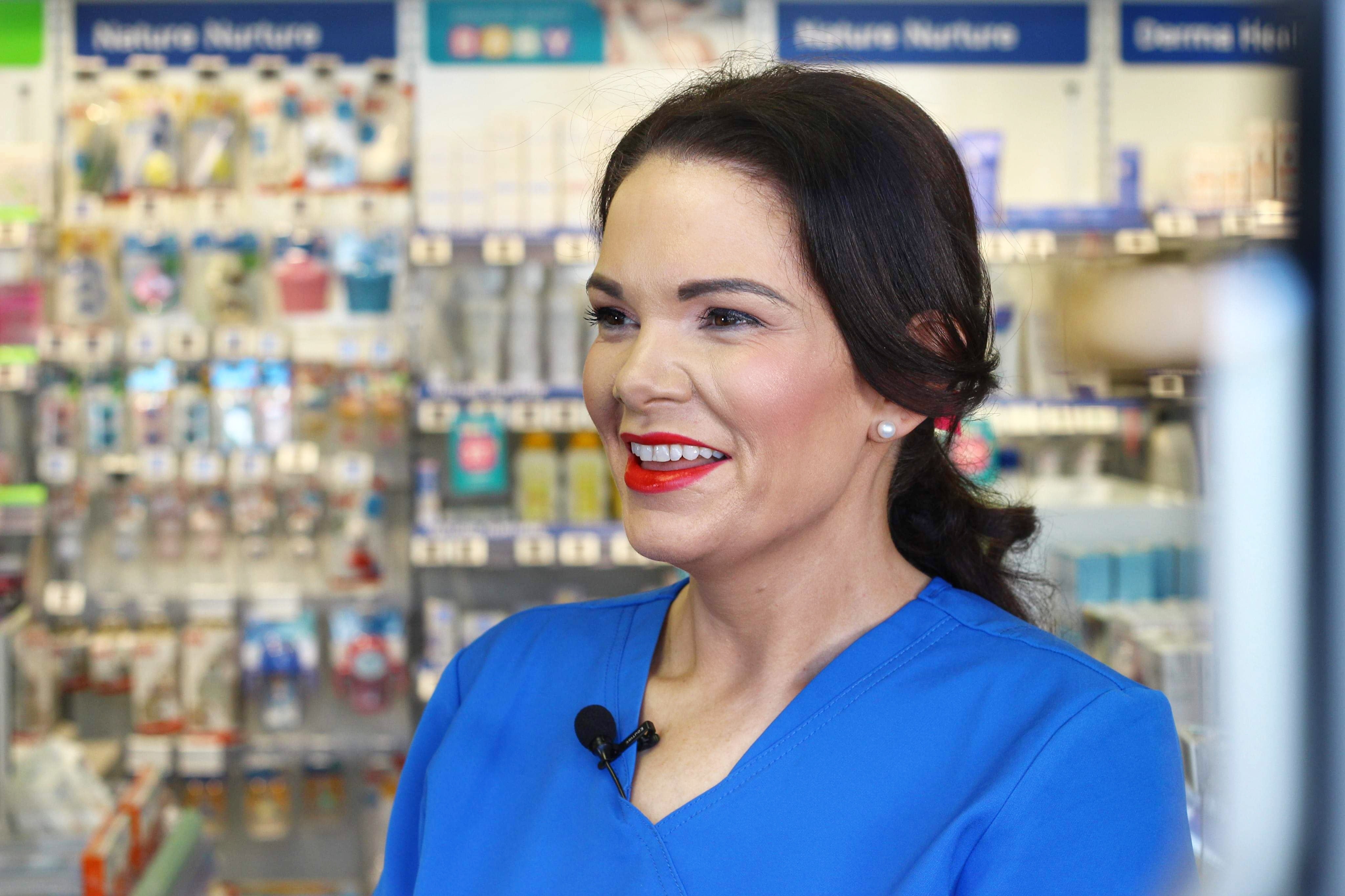Our final Skin Month contribution from Dermatology Nurse and our skincare expert, Selene Daly, focuses on Total Emollient Therapy.

What are emollients?
Emollients are moisturisers which come in various forms; lotions, creams, ointments, soap substitutes, bath oils and shower gels. They are used to treat and prevent ‘flare-ups’ of dry skin conditions such as eczema or psoriasis.
Dry skin is caused by water loss from the skin. Emollients trap moisture in the skin by covering the outer layer of the skin with a greasy film, forming a barrier which prevents further water loss from the skin and helps to maintain its hydration and aid skin repair.
Skin also becomes dry when people suffer from skin conditions such as eczema or psoriasis and use normal shampoo, conditioner, shower gels, bars of soap or bubble baths rather than one specified for their condition. Using a soap, fragrance and paraben-free wash ensures that our skin does not dry out. Emollients can also help reduce and control itching when applied correctly and regularly.
How to apply emollient
- Wash your hands. This removes any visible bacteria that could be introduced to areas of broken skin.
- Do not put your fingers in tubs of emollients This can introduce bacteria into the emollient. To reduce the risk of infection, transfer some emollient into a clean bowl with a clean spoon. If your emollient comes with a pump dispenser top, you can pump the emollient straight into your hand.
- Apply in smooth, downward strokes, following the direction of hair growth and allow the thin layer to soak in – this may take up to 10 minutes. Do not vigorously rub emollients into the skin. This can block the hair follicles causing folliculitis and irritation.
The quantity of emollient required will vary depending on the size of the person along with the extent and severity of the skin condition. As a general guide, if you are applying emollient to your whole body, 600g per week for an adult and 250-500g for a child are the recommended quantities.
Treatment of skin conditions often requires the use of other topical treatments alongside the use of emollients, such as steroid ointments/creams. Because emollients help to moisturise your skin, regular use may reduce the need to use as much of your topical steroid cream/ointment. Your skin will be less scaly, so it will absorb your treatment cream or ointment more easily.
If you have a prescription for topical steroid treatment form you G.P/ Consultant it should be applied thinly and sparingly before using your emollient.
Choosing an emollient
There are many different kinds of emollient available, so it is important that you find the one that is most suitable for you. Your CarePlus Pharmacist can guide you on which emollient suits your budget as well as your skin.
Look for simple, unperfumed products which are usually the best and often the cheapest. It is important to avoid products with perfumes and other complex additives in them, as they may irritate the skin.

If you find that the emollient you have chosen is irritating your skin, ask your local CarePlus pharmacist to recommend an alternative.

